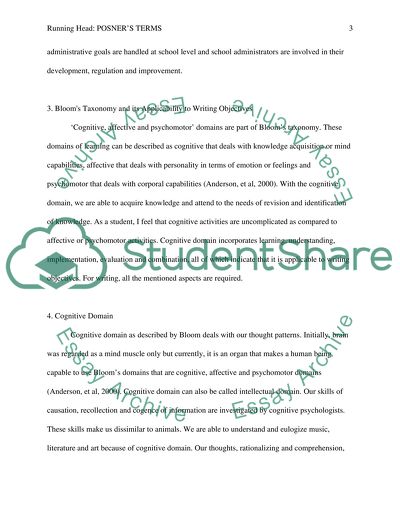Cite this document
(“Posner Terms 2 Assignment Example | Topics and Well Written Essays - 2250 words”, n.d.)
Posner Terms 2 Assignment Example | Topics and Well Written Essays - 2250 words. Retrieved from https://studentshare.org/education/1486055-posner-terms
Posner Terms 2 Assignment Example | Topics and Well Written Essays - 2250 words. Retrieved from https://studentshare.org/education/1486055-posner-terms
(Posner Terms 2 Assignment Example | Topics and Well Written Essays - 2250 Words)
Posner Terms 2 Assignment Example | Topics and Well Written Essays - 2250 Words. https://studentshare.org/education/1486055-posner-terms.
Posner Terms 2 Assignment Example | Topics and Well Written Essays - 2250 Words. https://studentshare.org/education/1486055-posner-terms.
“Posner Terms 2 Assignment Example | Topics and Well Written Essays - 2250 Words”, n.d. https://studentshare.org/education/1486055-posner-terms.


